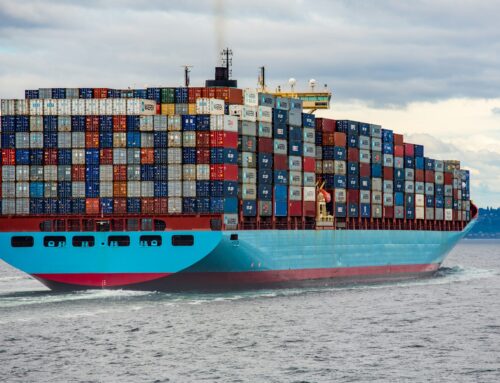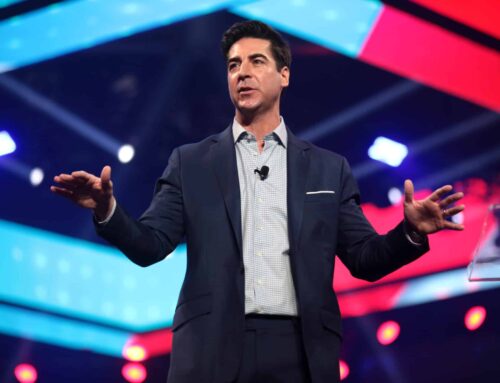This morning, The New York Times published an excellent story about some of the problems with the financial sector bailout – the Troubled Assets Relief Program (TARP). The article chronicles how Independent Bank, located in Michigan, spent the $72 million it received under TARP to pay other loans it owed the Federal Reserve. This story perfectly illustrates how TARP goals and guidelines were virtually non-existent at implementation of this program.
 After receiving approval to participate from the Treasury, Michael Magee, President and CEO of Independent Bank Corporation, stated the Treasury investment of $72 million will “assist us in continuing to meet the needs of our customers, communities and shareholders.” Shareholders may have benefitted, but customers and the communities the bank services got very little.
After receiving approval to participate from the Treasury, Michael Magee, President and CEO of Independent Bank Corporation, stated the Treasury investment of $72 million will “assist us in continuing to meet the needs of our customers, communities and shareholders.” Shareholders may have benefitted, but customers and the communities the bank services got very little.
And it still appears that TARP recipients seem to be allowed to do nearly anything with the money once they’ve received it.
It is unfortunate that Independent bank is in such tough shape. But what concerns us is why they received money in the first place if they are in such poor shape. It’s difficult to see how their use of bailout money to pay off Federal Reserve loans does much good for the economy, and it certainly doesn’t comply with the intent of TARP.
Treasury’s point man on TARP, Neil Kashkari, remains confident that their program is working: “There’s going to be more lending than had we not done this. Even if the overall numbers are down year-over-year, it’s going to be a lot more than if we had not put the capital in the system.” Treasury has made similar statements in the past.
Hindsight is 20/20, but clearly Congress should have written stronger stipulations on how the bailout money was to be spent. The U.S. could have followed the lead of the U.K. which is requiring reforms on their banks as a condition of receiving bailout funding.














Get Social